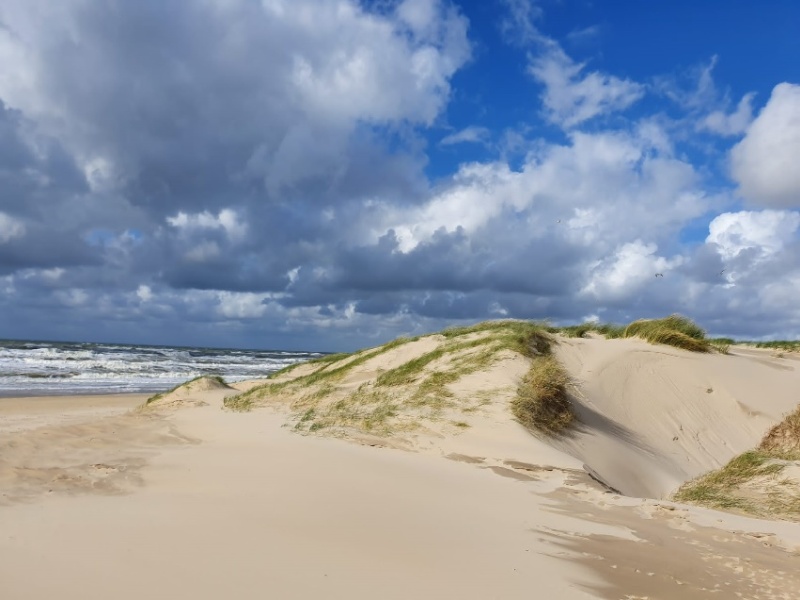C. Wegman1*, J.K. Leenders1,2, P. Goessen3, I. Evers3
1 HKV lijn in water; 2 Hogeschool van Amsterdam; 3 Hoogheemraadschap Hollands Noorderkwartier
*corresponding author:
Introduction
Functions, such as recreation, drinking water, housing, flood safety and nature all claim space in the Dutch coastal zone, and this is expected to further increase in the future. For example, the tourism sector expects more tourists in the coming decades requiring extra facilities such as restaurants and parking space. Also, with sea level rise more sand is needed to keep the sandy coast stable and safe. Exploring strategies and better insight in cause – effect relations between these functions is essential to discuss the options for long term (up to 2100) coastal management. Here, we describe different pathways, based on a morphological line of reasoning for long-term coastal management. This approach not only demonstrates the existing cause–effect knowledge gaps, but also highlights the need for longer-term adaptive thinking.
Pathways - Morphological line of reasoning
Key in the approach is the morphological response of the coastal zone to sea level rise in the different pathways. A pathway is considered as a set of management strategies / options for different measures in the coastal zone, such as nourishment strategies, nature management strategies and intensity of recreation. Among these, we specifically explored the possibilities to strengthen the sandy coast with variations in dune notches and nourishments.
Start-up notches
Using data from the Dutch coast we provide indications on the ability of (notched) dunes to grow with sea level rise, also reflecting on associated temporal scales. This resulted in generalized recommendations on design and maintenance guidelines for implementing notches. For example, vegetation in the opening of the notch should be removed if large amounts of aeolian transport is required for the growth of dunes. In contrast, if the natural value of the notch is most important then the vegetation should remain. These and more examples are offered to help decision-making for long-term coastal management.

Aeolian transport at notch 'De Kerf' near Schoorl, North Holland
I. Surname1*, F.N. Another-Surname2 , Y. Next-Surname2
1 University Name, Country; 2 Organization Name, Country
* Corresponding author: mail.name@organization.org


